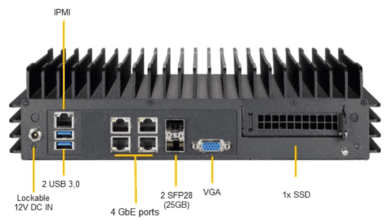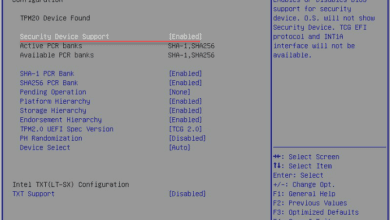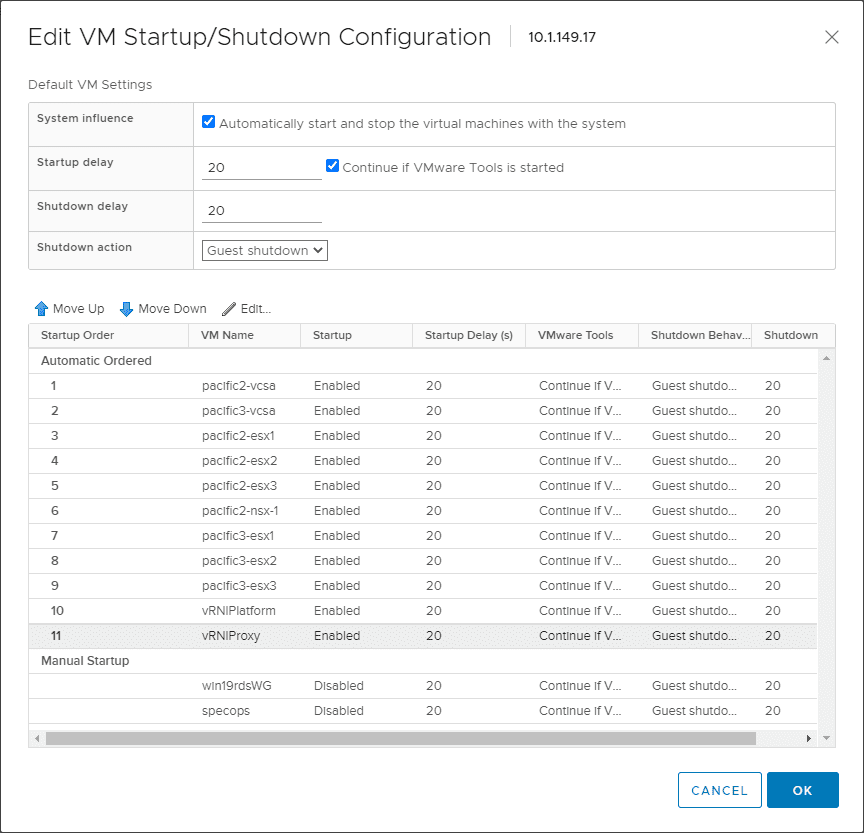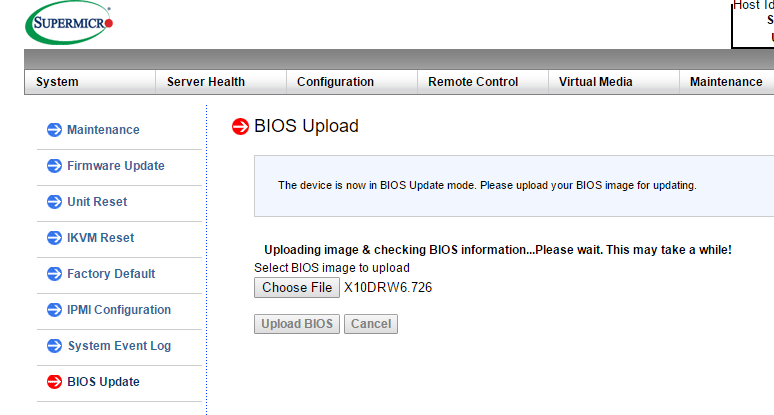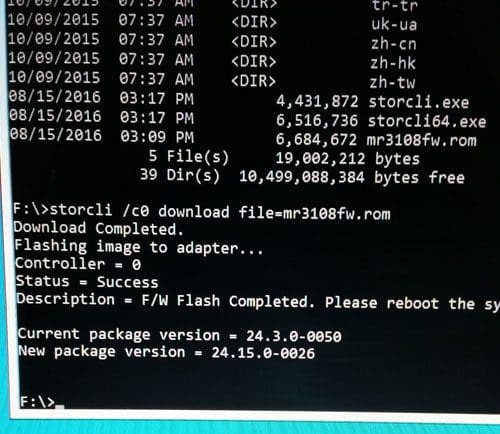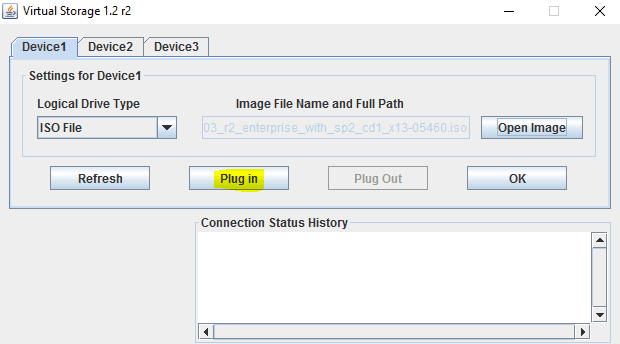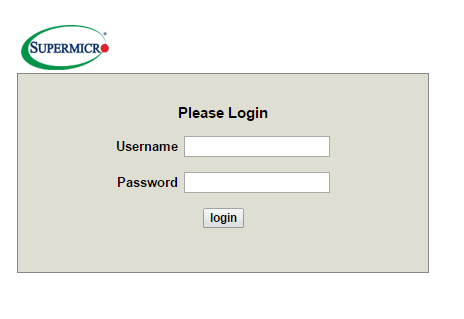supermicro
-
home lab
Best Quiet Home Server in 2022 for Virtualization
Running a home lab is an investment and certainly comes with the cost of equipment, including servers, networking gear, storage, and ancillary devices. However, a cost that is part of running a home lab is electricity, aka power. Power costs…
-
home lab
Add a TPM card to VMware vSAN Host
Security is an extremely important part of server technology these days. With the sophistication of malicious attacks, supply chain hacks, and other risks to business-critical data, security contains several layers of protection. Security not only must be applied to software…
-
home lab
Supermicro VMware Home Lab Automatic Power On and Power Off
Running a VMware vSphere home lab is a great way to learn and grow as a virtualization professional. I have a home lab that I have built up over the past few years with Supermicro server hardware. The Supermicro servers…
-
home lab
Update Supermicro BIOS using IPMI SUM
I really like the Supermicro IPMI interface for remotely performing administrative tasks as well as monitoring the health of the Supermicro server hardware. One of the really cool things that you can do remotely is update the motherboard BIOS firmware…
-
home lab
How to flash Avago LSI RAID controller firmware with boot disk
In working on provisioning a new Supermicro lab server that is outfitted with an Avago LSI 9380-4i4e SAS RAID controller, one of the first tasks I wanted to complete was flashing the firmware to the latest version. There are a…
-
home lab
Mount Virtual Media SuperMicro IPMI
In the previous post here, I walked through the SuperMicro IPMI management interface and a few of the options that are available to administrators there for management of their SuperMicro server. One of the more interesting options in the IPMI…
-
home lab
Supermicro IPMI management walkthrough
If you are utilizing Supermicro in your lab environment, there is a great feature that comes with Supermicro boards that allows BMC IPMI management of the server. It is basically an out of band management of the server much like…


